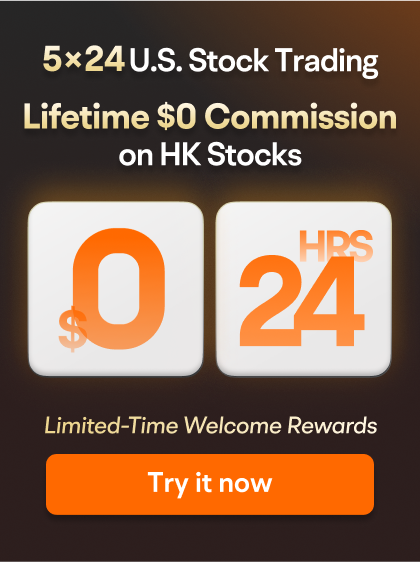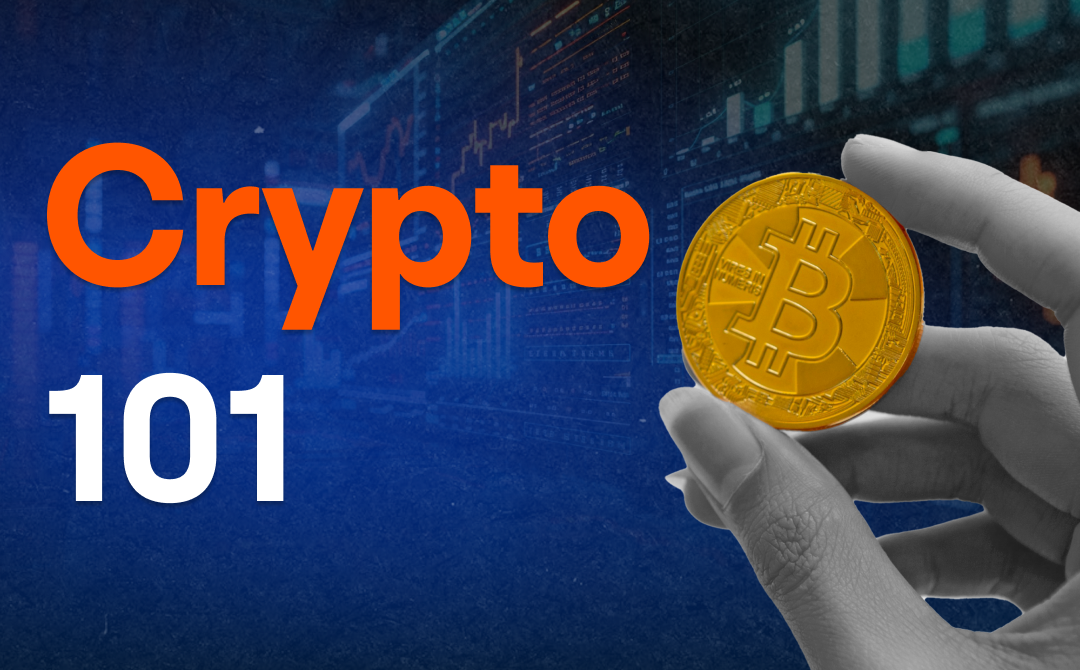Key investment points:
Wright Optoelectronics: Deeply involved in the field of OLED materials, has the ability to operate the entire industry chain, and continues to supply domestic leading panel manufacturers.
At the beginning of the establishment of the company Wright Optoelectronics, its business was mainly OLED intermediates; in 2016, the establishment of LightMace prompted the company to quickly enter OLED terminal materials; in 2020, the company wholly-owned LightMace and gradually formed a core technology system with its own characteristics, focusing on the development of red, green, and blue Prime materials, Host materials, and Dopant materials. Currently, the company has an integrated production capacity of “OLED intermediates - OLED pre-sublimation materials - OLED terminal materials”, and has established a full-industry R&D system from patent layout, material structure design, chemical synthesis, sublimation purification, device preparation to device evaluation. It has successively entered the supply chain systems of many well-known domestic panel manufacturers such as BOE, Huaxing Optoelectronics, Hehui, Tianma, Xinli, etc., and has achieved mass production. The shipping scale remains leading in the country. Among them, BOE has been the company's largest customer for a long time. According to the 2023 annual report, it accounts for more than 75% of the company's revenue.
 Patents and R&D accumulation & continuous iteration capabilities are building a high barrier for OELD organic terminal materials. Domestic companies, mainly companies, are gradually emerging, and the time is right to replace domestic production. The development of OLED materials needs to meet their requirements for voltage, luminescence efficiency, longevity, and material compatibility in OLED light emitting devices. At the same time, OLED technology is still in a stage of rapid development, and material companies need to keep up with the iterative pace of panel companies' devices and introduce new ones. Overseas companies such as UDC, Idemitsu Kosan, DuPont, and Merck of Germany have built a complete patent protection system with early layout, solid technical accumulation, and large-scale production advantages, and occupy a dominant position in the terminal materials market. In recent years, the company's major domestic enterprises have gradually built an independent intellectual property system through years of accumulation, achieving breakthroughs in domestic production. As of the mid-year report data, the company's Red Prime materials have continued to iterate the mass production application of 7th generation devices, and Green Host materials continue to iterate the mass production application of 2nd generation devices; Red Host materials have passed customer mass production tests, and Green Prime materials and Blue Light series materials are in the client verification process.
Patents and R&D accumulation & continuous iteration capabilities are building a high barrier for OELD organic terminal materials. Domestic companies, mainly companies, are gradually emerging, and the time is right to replace domestic production. The development of OLED materials needs to meet their requirements for voltage, luminescence efficiency, longevity, and material compatibility in OLED light emitting devices. At the same time, OLED technology is still in a stage of rapid development, and material companies need to keep up with the iterative pace of panel companies' devices and introduce new ones. Overseas companies such as UDC, Idemitsu Kosan, DuPont, and Merck of Germany have built a complete patent protection system with early layout, solid technical accumulation, and large-scale production advantages, and occupy a dominant position in the terminal materials market. In recent years, the company's major domestic enterprises have gradually built an independent intellectual property system through years of accumulation, achieving breakthroughs in domestic production. As of the mid-year report data, the company's Red Prime materials have continued to iterate the mass production application of 7th generation devices, and Green Host materials continue to iterate the mass production application of 2nd generation devices; Red Host materials have passed customer mass production tests, and Green Prime materials and Blue Light series materials are in the client verification process.
The terminal consumer electronics boom has recovered, and the OLED penetration rate continues to increase, driving rapid growth in demand for upstream materials, and the company is expected to continue to benefit. The overall application penetration of OLED panels follows the route of small size first, then medium to large size, then high-end, then low end: 1) In recent years, along with technological advances and average price declines, the penetration of OLED panels in the consumer technology field has continued to increase. Currently, mobile phone OLED screen shipments have surpassed LCD screens, and there is still room for development in mid-range and low-end models. At the same time, flexible OLED display modules have spawned foldable devices, and foldable phones have brought new growth points. 2) As OLED's position in small-size applications becomes more stable, and its application continues to expand into medium and large size fields, penetration into fields such as tablets, laptops, desktop displays, and televisions is expected to accelerate. At the same time, the trend of multi-screen and large-screen automotive displays is also bringing about a significant incremental market. In 2024, domestic terminal consumer electronics are in a moderate recovery stage; looking ahead to 2025, the introduction of the national supplement dividend is expected to continue the trend of terminal consumption restoration. At the same time, as AI technology accelerates towards scenario-based, the improvement in hardware performance and the gradual clarification of application scenarios have laid a solid foundation for large-scale switching on the AI end side.
Investment analysis opinion: The company is deeply involved in the field of OLED core functional materials, from monomers and intermediates to terminal materials, and has the ability to operate the entire industry chain, breaking overseas patents and technology blockades. With the rapid development of the domestic OLED panel industry, the demand for supporting localization of upstream materials increases, and the company closely follows the iterative development and preparation of downstream devices, which will benefit from the continued high demand.
We expect the company's net profit for 2024-2026 to be 0.169, 0.321, and 0.466 billion yuan, respectively. The current market capitalization corresponds to PE of 52, 28, and 19X, respectively. Comparable to the companies Olaide, Dinglong, and 800 million space-time, the average PE in 2025 is 33X, and Wright Optoelectronics's 2025 PE is 28X, which is covered for the first time, giving a “gain” rating.
Risk warning: 1) New product development iterations fall short of expectations; 2) demand for terminal consumer electronics falls short of expectations; 3) increased market competition; 4) single major customer risk.


 专利与研发积累&持续迭代能力构筑OELD 有机终端材料高壁垒,以公司为主的国内企业逐步崭露头角,国产替代正当时。OLED 材料的开发需要满足其在OLED 发光器件中对电压、发光效率和寿命以及材料匹配性等要求,同时OLED 技术仍处于快速发展阶段,材料企业需要紧跟面板企业器件的迭代步伐,推陈出新。海外诸如UDC、出光兴产、杜邦公司、德国默克等企业凭借早期布局、扎实的技术积以及规模化生产优势,构建了完善的专利保护体系,在终端材料市场占据了主导地位。近年来,以公司主要的国内企业通过多年积累逐步构建自主知识产权体系,实现了国产突破。截至24 年中报数据,公司Red Prime 材料已持续迭代了7 代器件的量产应用,Green Host 材料持续迭代2 代器件的量产应用;Red Host 材料已通过客户量产测试,Green Prime 材料及蓝光系列材料在客户端验证过程中。
专利与研发积累&持续迭代能力构筑OELD 有机终端材料高壁垒,以公司为主的国内企业逐步崭露头角,国产替代正当时。OLED 材料的开发需要满足其在OLED 发光器件中对电压、发光效率和寿命以及材料匹配性等要求,同时OLED 技术仍处于快速发展阶段,材料企业需要紧跟面板企业器件的迭代步伐,推陈出新。海外诸如UDC、出光兴产、杜邦公司、德国默克等企业凭借早期布局、扎实的技术积以及规模化生产优势,构建了完善的专利保护体系,在终端材料市场占据了主导地位。近年来,以公司主要的国内企业通过多年积累逐步构建自主知识产权体系,实现了国产突破。截至24 年中报数据,公司Red Prime 材料已持续迭代了7 代器件的量产应用,Green Host 材料持续迭代2 代器件的量产应用;Red Host 材料已通过客户量产测试,Green Prime 材料及蓝光系列材料在客户端验证过程中。






Comment(0)
Reason For Report